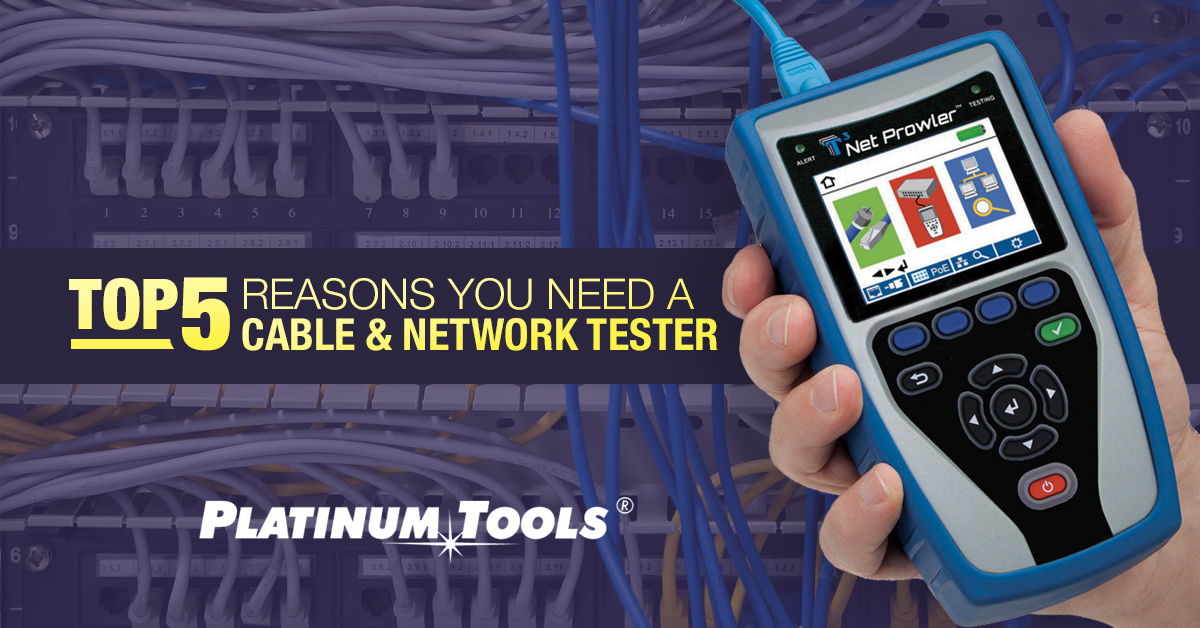MENUMENU
MENUMENU

Network troubleshooting can be like untangling a big ball of string: awkward and time consuming. At the end of each string can be essential resources from servers and storage devices, access points and security devices to desktop computing resources, printers, telepresence equipment and IP telephones. Each layer, from the physical to application layers can be part of the tangle. A methodology or flowchart process is essential for a complete and definitive resolution.
A tool which supports methodical diagnosis and quickly tests each potential trouble source lets you solve your network puzzles routinely and quickly. For every question you have about the network’s condition, you get a quick answer. Additionally, a tool which helps you solve diverse network problems is also great for initial verification of cabling and network equipment.
The network tester is that tool — it’s a combination of voltmeter, TDR, protocol analyzer, and more, combined with software to interpret and analyze results. When you know how to use a network tester effectively, you’re the one to call when network problems are causing headaches and need quick, effective action. Five reasons that it really is that good:
When selecting a network tester, one of the key criteria is how up-to-date the manufacturer keeps the device and its firmware. For instance, you want to be able to test the latest speeds and protocols. The Net Prowler is a powerful unit that can be given to techs for their everyday toolkit.
A smoothly running network is the product of active monitoring and quick response when problems arise. Network testers give techs the ability to work through troubleshooting flowcharts quickly and decisively, not only ensuring that network service downtime is minimized, but showing the value of a well-prepared network management department.